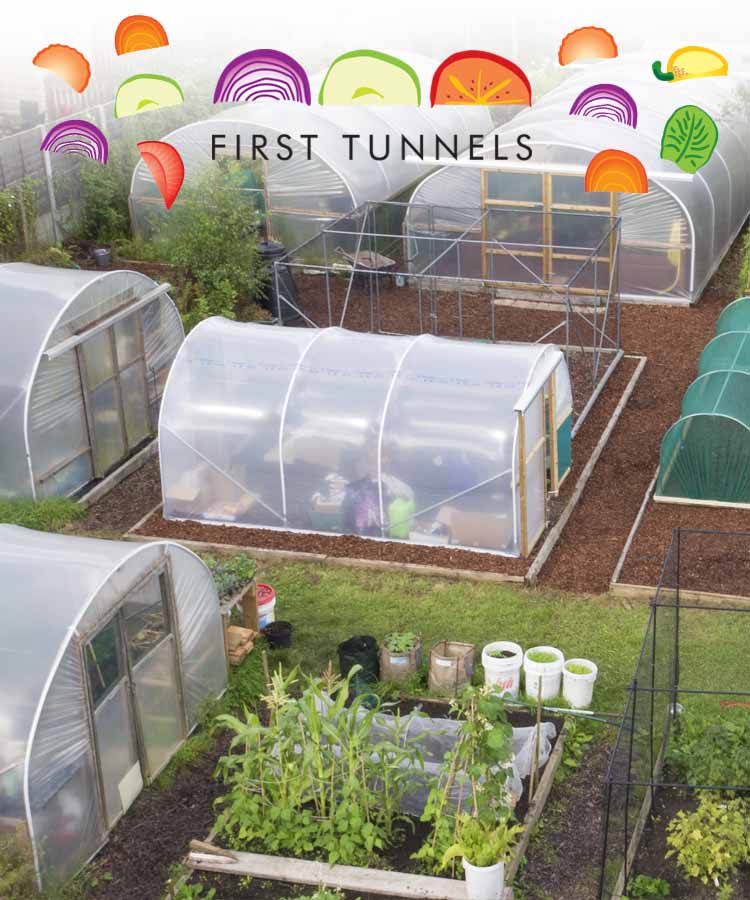If you have been growing plants in your polytunnel successfully for the first time, and have been enjoying a harvest, your thoughts may have already begun to turn to next year. You may be looking back on the successes and failures of your year's growing and be thinking about the seeds that will be required for what you want to grow next time round. This autumn, you may like to consider collecting some of your own seeds for the first time. Collecting your own seeds is often easier than you might imagine and there are a number of benefits to growing plants from your own seeds.
First things first, it is important to understand that not all seeds will 'come true' from the parent plants. Hybrid plants (F1) will not produce viable seeds that will reliably create the plants you are expecting. Seeds can, however, be collected from any heritage or heirloom seeds. Another thing that it is important to understand is that some plants can cross-pollinate and the seeds they produce can create unusual mixes – not all of which will be edible or beneficial.
Of all the seeds you can collect, perhaps peas and beans are the easiest. With peas and beans, all you have to do is leave the pods on the plants to fully mature, then allow the seeds to dry out thoroughly before storing them for planting the following year. Radishes are also an easy plant from which to collect the seeds and are perfect for beginner seed collectors. Leave a few radishes in the ground and they will produce large, flowering stems. After the flowers will come pods. These pods, when green, can actually be a delicious snack and will be created in abundance. Allow some of these pods to remain on the plants and they will dry out. Seeds will form inside which can then be stored for planting the following year.
Lettuce and other leafy greens are also fairly easy to harvest for seed. Leave good examples to develop to maturity, then simply hang the plants over a paper bag, allowing them to dry completely and the small seeds to fall out into the bag. These small seeds can then be sifted and stored for use the following season.
Tomato seeds have a special coating that prevents them from germinating. To get rid of this coating you will have to place seeds/ pulp from your tomatoes (from a good, healthy plant) in a jar with a little water. Allow fermentation to take place. Viable seeds will sink to the bottom of the jar. These can then be rinsed off and then dried out thoroughly before being stored for use the following year.
Beginning with the easiest seeds, try collecting some of your own and you will gradually build a garden that is ideally suited to the climate and conditions where you live.
